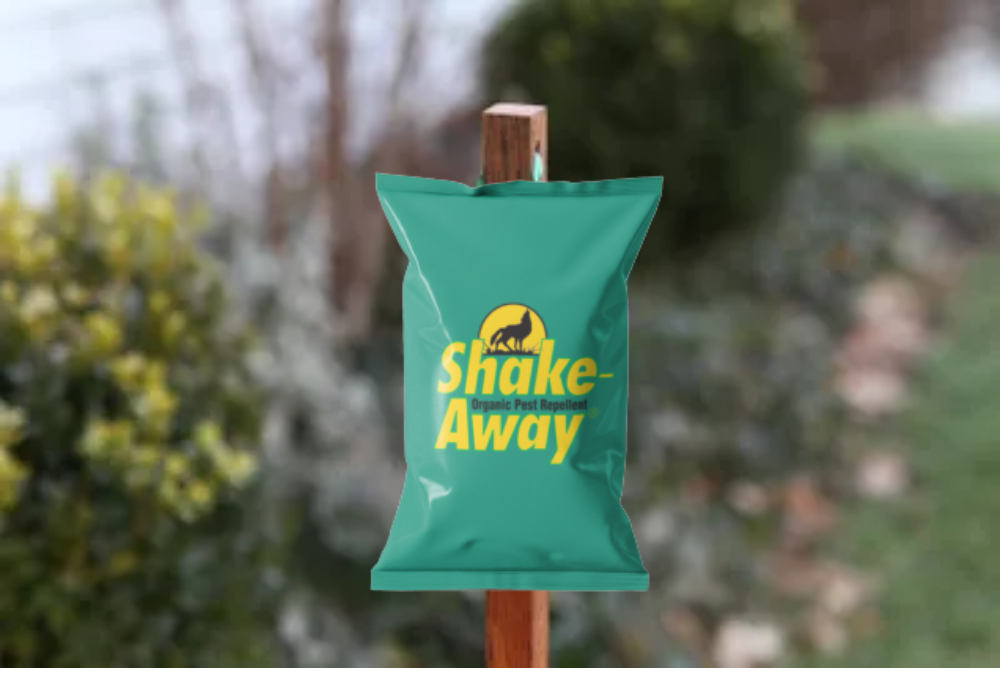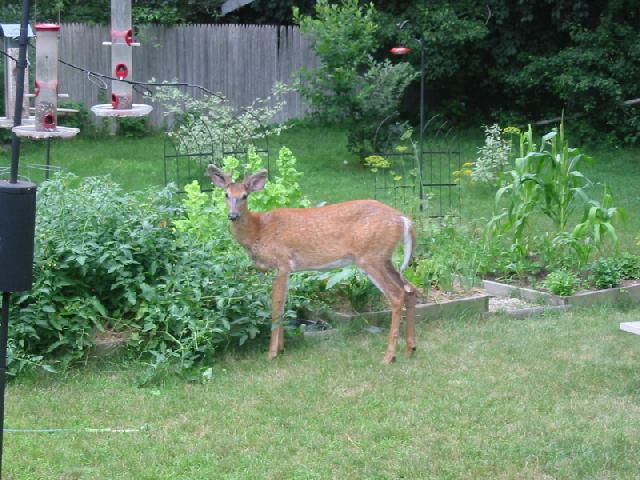Home Made Deer Repellent Solutions
While deer are very beautiful and graceful creatures, their presence can spell disaster for your garden. Deer are notorious for nibbling on any edible vegetation, and can quickly destroy years of gardening work if they get onto your property. Keeping deer at a distance is a challenge faced by many rural homeowners, with a variety of homemade deer repellent recipes developed – using various methods to frighten or deter deer. A combination of these repellents will get the best results, as deer are very agile, and can be quite determined when hungry.
Homemade Deer Repellent Solutions
Many of the most popular homemade deer repellent recipes are based on the smell of rotten eggs. Deer find this smell very unpleasant, and can detect it for a long time after it is no longer noticeable for humans. The essential recipe is just raw eggs mixed in water, but many people add things like garlic and hot peppers for further effectiveness. You can apply your mixture straight to the leaves of plants you wish to protect, and it remains effective for several weeks at a time. Adding dish soap to the mix can extend its life somewhat, helping it stick to the leaves during rainstorms. This is a simple and easy deer repellent recipe, but not a fully set-and-forget method – bi-monthly application is recommended.
Other odors that have proven to be effective in repelling deer include human hair, deodorant soap, and some types of blood meal or bone meal (organic or untreated brands that retain their smell). You can simply fill small bags – nylon stockings work well with these substances and hang them around the perimeter of your garden (replacing monthly) at the same height as a deer’s snout.
Homemade deer repellent using scare devices
ScareCrow Sprinkler - Scarecrow Sprinkler to Frighten Deer Away
Deer are easily frightened and unusual sights or sounds can be enough to scare them away. A simple technique is to take strips of Mylar and attach them to poles placed around your garden. Mylar is highly reflective and makes a lot of noise when moving, so strips of Mylar blowing in the wind will often be enough to deter deer. More advanced techniques involve the use of motion detectors or timers, triggering things like water sprays, flashing lights, or loud noises when a deer is near. There are certain devices that produce ultrasonic sounds (inaudible to humans) that will repel deer and these are often used on vehicles and can be easily set up for motion-activation in your garden, as an alternative to loud noise.
Unfortunately, deer will become accustomed to these scare devices over time, so you’ll need to rotate the method used regularly.
Homemade deer repellent using barriers
Surrounding your garden or each tree with cobblestones is a popular deer repellent method, as deer dislike walking where they don’t have sure footing and solid ground beneath them. While this is unlikely to stop a hungry deer by itself, its presence will put the deer on edge making the other devices you have set up more effective.
Tree wraps are another good option in homemade deer repellent barriers. Deer enjoy rubbing their antlers against tree trunks, and often cause more damage to your trees doing this than they do eating the leaves (especially in young trees that haven’t yet developed thick bark). Chicken wire or thick, heavy mesh work well as tree wraps, a couple of layers of either wrapped around the trunk will deter deer from approaching. Just make sure you allow enough room to not hinder the growth of young trees, particularly in spring.
If you decide to implement any of these homemade deer repellent recipes, make sure you combine and rotate your methods as this will keep the deer on their toes and make sure they don’t learn to ignore your repellents.












